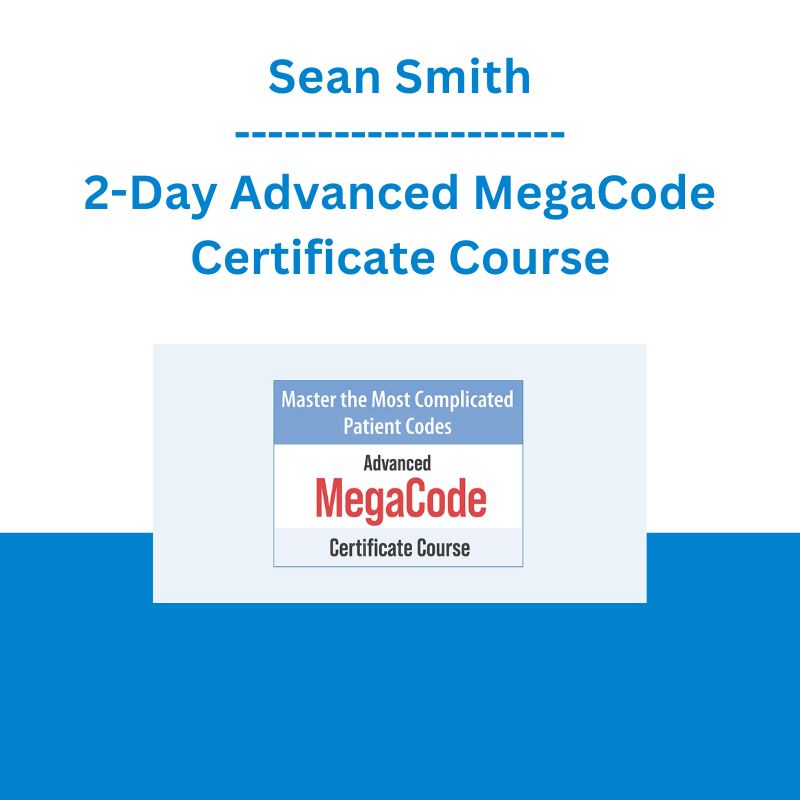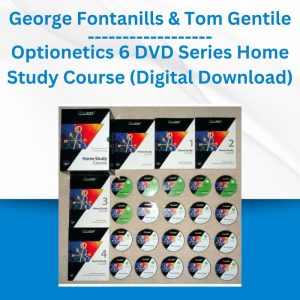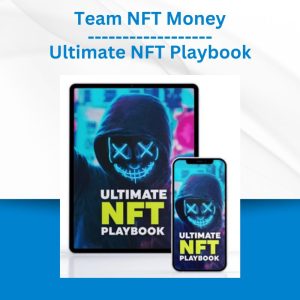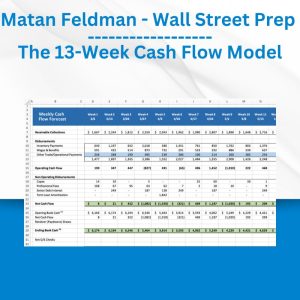*** Proof of Product ***
Exploring the Essential Features of “Sean Smith – 2-Day Advanced MegaCode Certificate Course”
Speaker: Sean G. Smith, MSc, FP-C, C-NPT, CEN, CFRN, CTRN, TCRN, CPEN, CCRN-CMC (Adult), CCRN-K (Neonatal), CCRN-K (Pediatric)
Duration: 13 Hours 19 Minutes
Format: Audio and Video
Copyright: Oct 05, 2021
Media Type: Digital Seminar
Description
Patient codes can strike fear in the best of clinicians.
How confident are YOU in your own role during patient codes? And not just the straightforward patient codes. The codes that depend on the entire team to offer expertise and seamless skill. The MegaCodes. Critical thinking must be spot on. And there sure cannot be any delays or second guessing.
Did you know that the AHA guidelines have just been updated? There are changes to adult basic life support, enhanced algorithms for BLS and ACLS resuscitation and more! We all know what that means … get a jump on the new standards coming!
The clinical expert selected for this intense training opportunity will share countless tips from his many years working as an emergency, critical care, flight and trauma nurse, to lead the way to new best practice guidelines, new strategies and new thinking. You’ll immediately elevate your knowledge, breeze through your mandatory certification exams and earn up to 14.5 CE credits, including 4 ANCC Approved Pharmacology CE credits.
Don’t wait another minute … to Master the Patient MegaCode! Purchase today!
Speaker
Sean G. Smith, MSc, FP-C, C-NPT, CEN, CFRN, CTRN, TCRN, CPEN, CCRN-CMC (Adult), CCRN-K (Neonatal), CCRN-K (Pediatric), is a humanitarian/flight nurse-paramedic who is triple board-certified in neonatal, pediatric, and adult critical care and emergency medicine. He brings 30+ years of education and team/leadership experience to his presentations from a career that includes global health, tropical medicine, research molecular neuroendocrinology, nuclear engineering technology, US Navy aviation/NASA manned space flight support, and high-performance teams/high-yield pedagogy, dozens of national/international conference presentations and various awards and honors. Author/co-author/review credits include a best-selling laboratory medicine textbook, a chapter on shock in Nursing Core Curriculum a section in the newly released Resuscitation Crisis Manual, numerous other industry-standard textbooks, and several professional association critical care/emergency medicine curriculums and board certification review courses (AACN, ANN, ENA, SCCM, etc.). Additionally, Sean routinely consults on clinical, legal, and certification matters for numerous high-profile hospital systems (Yale, Mayo, etc.). He holds an MSc in Pharmacy/Forensic Science, bachelor’s degrees in business administration, nursing, and molecular biology, and post graduate certificates in Forensic Death Investigation, Legal Consulting, and Tropical Medicine. In addition to being active in a number of professional associations (SCCM, AACN, WADEM, etc.), Sean is a life member of Mensa, The Emergency Nurses Association, and the Air Surface Transport Nurses Association. He has served on the executive committees and in various leadership roles of numerous charities and professional associations and has led/participated in 50+ medical missions (Dominican Republic, Honduras, Morocco, Liberia, Nepal, Iraq, Democratic Republic of Congo, and Haiti). Sean served as a clinician and educator during the largest Ebola and Cholera outbreaks in recent history and is currently active in building sustainable neonatal-pediatric cardiac critical care capacity in Iraq, as well as serving as part of a national-level multidisciplinary child sexual assault forensics team in Guyana, South America. Hobbies include Scuba diving and vintage science kits, tube amplifiers, and motorcycles.
Speaker Disclosures:
Financial: Sean Smith is an independent contractor. He receives a speaking honorarium and recording royalties from PESI, Inc. He has no relevant financial relationships with ineligible organizations.
Non-financial: Sean Smith is a member of the American Association of Critical Care Nurses, the Emergency Nurses Association, and the Society for Critical Care Medicine.
Objectives
- Practice with Psychological Safety and Just Culture for dynamic improvement in high performance resuscitation.
- Apply clinical strategies and evidence-based assessments to identify patients at risk for cardiopulmonary arrest.
- Evaluate early recognition and management strategies for acute coronary syndrome, including appropriate disposition.
- Determine bradycardias and tachycardias that may result in cardiac arrest or a complicate resuscitation outcome.
- Perform early management of bradycardias and tachycardias that may result in cardiac arrest or complicate resuscitation outcome.
- Choose effective communication as a member or leader of a high-performance team.
- Analyze the impact of team dynamics on overall team performance.
- Manage reversible causes of cardiac or respiratory arrest.
- Perform a targeted temperature management.
- Demonstrate best practice management of opioid overdose.
- Assess the impact of prompt, high-quality BLS on hemodynamics and cerebrovascular perfusion.
- Perform early management of cardiac arrest until termination of resuscitation or transfer of care.
- Evaluate resuscitative efforts during a cardiac arrest through continuous assessment of CPR quality, monitoring the patient’s physiologic response, and delivering real-time feedback to the team.
Outline
The Patient is Trying to Die
- Cardiac output
- Cerebral perfusion pressure
- Presentation/pathophysiology/palliation
- Rule out reversible causes
- Sepsis pathways
- Pressure and volume explained
- 21 ways a patient could code
Major NEW 2020 AHA Guideline Changes
- Opioid associated emergency algorithms
- Post-cardiac arrest care algorithm
- Neuro prognostication diagramming
- Cardiac arrest in pregnancy algorithm
- CPR best practices
- Stable vs. unstable threats to life
Post-Resuscitation Care Guidelines
- Targeted temperature management
- Stroke volume – optimizing afterload, cardiogenic shock, distributive shocks
- Optimize volume status
- End goal of the code
- Trauma triad of death
- 4 key pain pathway considerations
Pre and Post-Arrest Pearls
- Pro-actively anticipate lab changes
- What is the EKG telling you
- Imagery needed ASAP
- Oxygenation and ventilation -> homeostasis
- Case studies to test your knowledge
- Additional resources to keep learning
Target Audience
- Nurses
- Nurse Practitioners
- Clinical Nurse Specialists
- Physician Assistants
- Physicians
Please see the full list of alternative group-buy courses available here: https://lunacourse.com/shop/










 Crypto Dan - The Crypto Investing Blueprint To Financial Freedom By 2025
Crypto Dan - The Crypto Investing Blueprint To Financial Freedom By 2025  Dave Landry - Stock Selection Course
Dave Landry - Stock Selection Course  Alphashark - The AlphaShark SV-Scalper
Alphashark - The AlphaShark SV-Scalper  Emanuele Bonanni - My Trading Way
Emanuele Bonanni - My Trading Way